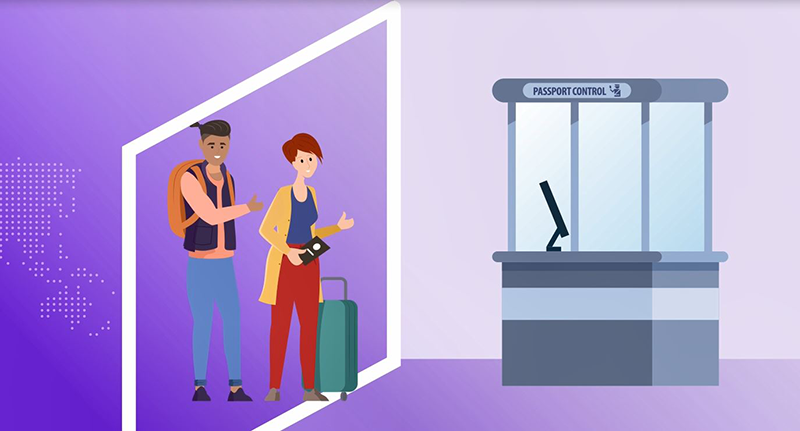Slovakia to Roll Out EU Entry/Exit System on 12 October, Full Operation Due by 10 April 2026
Slovakia will join other Schengen members in launching the European Union’s new Entry/Exit System (EES) at external borders on 12 October 2025. The system will gradually replace passport stamping for short-stay non-EU travellers with electronic registration, including biometric checks. Full operation across all participating states is scheduled for 10 April 2026.
The EES will record travellers’ identity data along with entry, exit and refusal events, and will capture biometric identifiers such as facial images and fingerprints. It is designed to make border checks faster and more consistent, help detect identity fraud and overstays, and strengthen efforts against terrorism and serious crime. Slovakia’s Ministry of Interior has confirmed the country’s readiness for the phased introduction.
The system will apply to third-country nationals entering the Schengen area for short stays, whether under visa-free arrangements or with a visa. It will not apply to people holding residence permits or residence cards, including qualifying family members of EU citizens. Ireland and Cyprus are not participating in the scheme.
During the first months of implementation, some border points will continue using stamps as the new infrastructure is introduced. Travellers are advised to allow additional time for checks, particularly at their first entry after launch, when biometric enrolment may be required.
At the EU level, the central EES platform is managed by the agency eu-LISA. Member states are responsible for deploying the system nationally, which involves installing biometric kiosks, upgrading IT infrastructure, and training staff. While Slovakia has described its preparations, it has not published specific cost estimates for the rollout.
The introduction of the EES will precede the separate ETIAS travel authorisation system, which is expected to follow once EES is fully operational, likely in late 2026. Until then, travellers should continue to check official EU and Slovak government channels for updates on border procedures.
Source: minv








